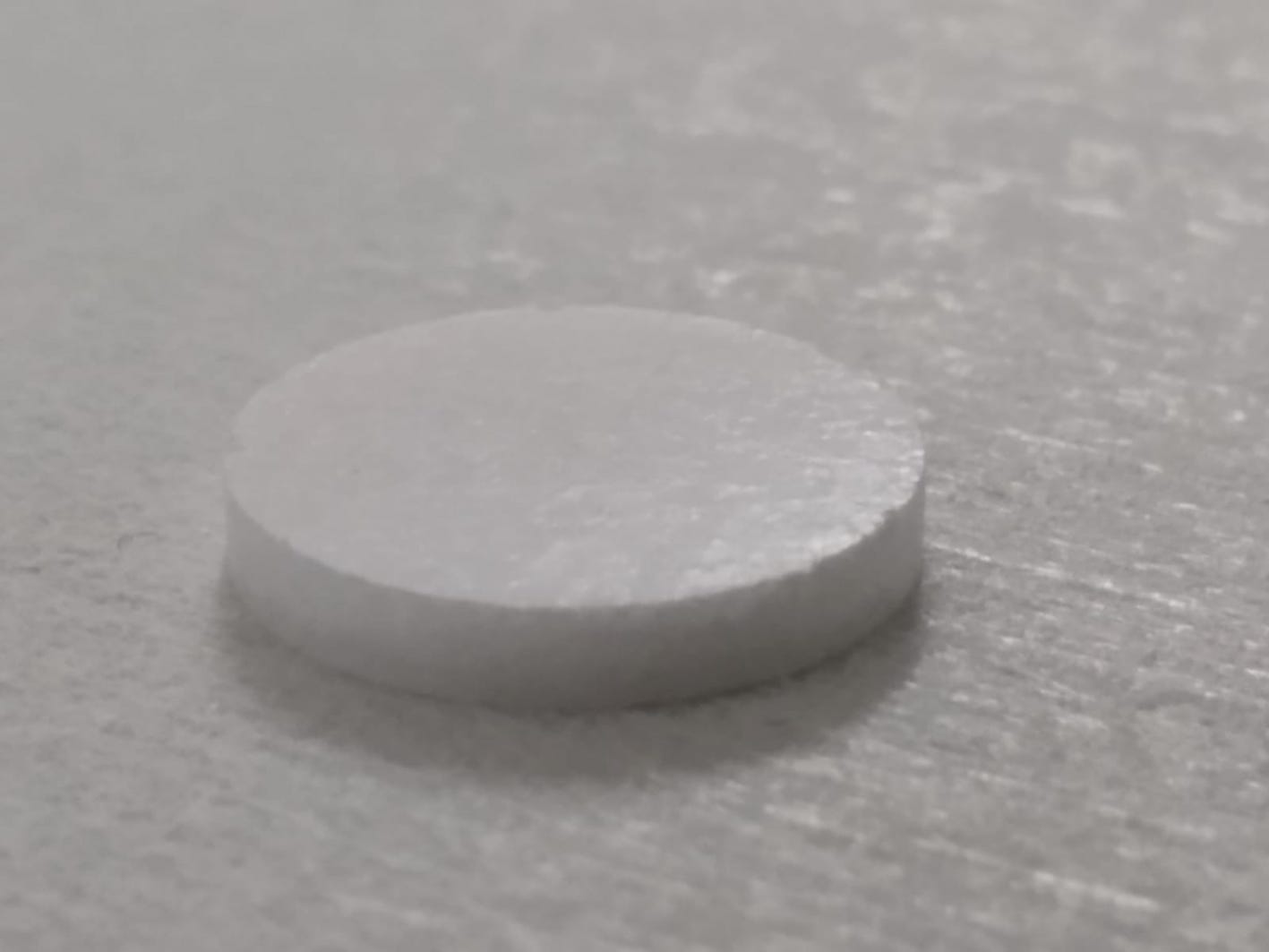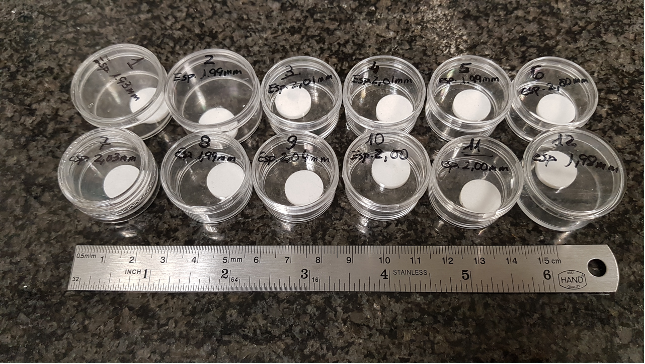Improving the Polyethylene Terephtalate (PET) perfomances, for the RAX Verification Target for MMX mission
- 1INTA, Space Programs, Torrejon de Ardoz, Spain (moralia@inta.es)
- 2Centro de Astrobiología (CSIC-INTA)
- 3Grupo de Astrobiología ERICA, Universidad de Valladolid
- 5German Aerospace Center (DLR)
- 6Department of Earth and Planetary Science, The University of Tokyo
Introducction
JAXA’s MMX (Martian Moons eXploration) mission, to be launched in 2024, will study both Martian satellites, for several years, and will drop a small rover to Phobos, to explore its surface [1]. As part of this rover scientific payload, it will be placed a Raman spectrometer, the RAX Instrument (Raman Spectrometer for MMX). The RAX will be able to analyse the mineral composition of the Phobos regolithe surface with in-situ measurements, complementing the Japanese Sample Return mission, and helping to reveal the nature and distribution of materials on the Martian Moon’s surface, and ultimately its origin and evolution [2].
The RAX instrument [3] has been designed, manufactured, integrated and tested by an international consortium led by DLR (Germany), with significant contributions from JAXA & University of Tokyo (Japan), and INTA-CAB-UVa (Spain). One of the Spanish contributions to RAX, will be the instrument Verification Target, a small piece of PET (polyethylene terephthalate) attached to MMX spacecraft, to be used before launch, and during cruise; for spectral instrument performances verification on-ground and just before the rover release to Phobos.

Figure 1. RAX Verification Target design proposed by INTA-CAB-UVa
Experimental
Thanks to previous expertise of the UVa-INTA group with PET material, used on the Raman Laser Spectrometer (RLS) Calibration Target [4] for ESA’s ExoMars mission; and SuperCam Calibration Target [5] for NASA Mars2020; a newly design-deuterated PET material, decreasing the PET fluorescence background, and adding new Raman bands with respect to ordinary PET [6] has been developed, manufactured, characterized and space-qualified for MMX-RAX mission by INTA-CAB-UVa; so it was proposed as candidate the RAX Verification Target.

Figure 2. RAX Verification Target Flight batch for qualification/acceptance
Results and discussion
During the session, a detailed description of different tests carried out for the space qualification of the deuterated material, will be shown. And how the final performances with respect to other commercial PETs have been improved; and so, how the final verification-calibration of the Raman instrument has been optimized.
Acknowledgements
INTA’s internal I+D+I project IDMats; and MICINN grants PID2019-107442RB-C32 & PID2019-107442RB-C31
References
[1] Michel P. et al. (2022) Earth, Planets and Space 74, 2.
[2] Hagelschuer, T. et al. (2019) 70th Int. Astronautical Congress, 2019.
[3] Hagelschuer, T. et al. (2022) 73th Int. Astronautical Congress.
[4] López-Reyes, G. et al. (2020) Journal of Raman Spectroscopy, 1-13
[5] Manrique, J.A. et al. (2020) Space Sci Rev, 216:138
[6] Mora, J. et al (2020) Acta Astronaut. 167 (2020) 360–373
How to cite: Moral, A. G., Mora, J., Prieto-Ballesteros, O., Fernández Sanpedro, M., López-Reyes, G., Ercilla, O., Sanz Arranz, J. A., Herrera, A., Pérez, C., Rull, F., Böttger, U., Cho, Y., Schöder, S., and Hübers, H.-W.: Improving the Polyethylene Terephtalate (PET) perfomances, for the RAX Verification Target for MMX mission, Europlanet Science Congress 2022, Granada, Spain, 18–23 Sep 2022, EPSC2022-784, https://doi.org/10.5194/epsc2022-784, 2022.

